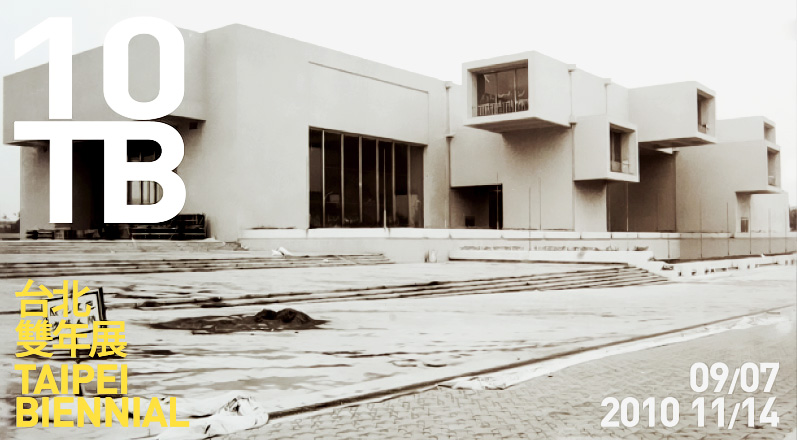
One can easily imagine an exhibition of political art, but what about an exhibition on the politics of art? The former must deal with the political use or content of artworks, yet the latter creates a situation in which the exhibition can examine and reflect upon how art is being produced, circulated and consumed. This seemingly ambiguous status of exhibition, much like seeing oneself in a mirror, is to render visible what is typically absent in art, so that self–perception can be both attained and observed. An unstable and unresolved situation will be created, interrupting the typical suspension of disbelief that accompanies art’s story about itself. Grasping these conditions, the art world might operate on the same principle of self-reflexivity found within art making.
Taipei Biennial 2010 is an attempt to present the politics of art in popular biennialism through exhibition per se. By exploring what a biennial can do and can be, a moment of restraint is afforded in which to set aside political or ethical tirades on global injustice and to reflect on the biennial’s origin, function, size and scale. By turning an exhibition inward and, in fact, against its grain—dissolving the supposed boundaries between artistic and curatorial pactices, discourses and reception—this exhibition unravels the conventionally discrete artistic presentation that is otherwise mystified. What can be brought to attention is, thus, not only the effect of institutions of art--how power is deployed and contested, but also the “affect” of art--how art is categorized, acknowledged and appreciated, communicated and internalized by viewers. An exhibition, therefore, is never an innocent collection of artwork, but rather a set of social relations upon which the production of art is constructed. To invoke the politics of art is simply to make these social relations visible, so that the division between the social and the aesthetic is no longer distinguishable and thus, rendered obsolete.
It is through this denaturalized process that Taipei Biennial 2010 is structured and programmed, seeking to lay bare the chronological, institutional, formal and social contexts of the exhibition. This biennial can be understood as a framing device through which the picture of art can be cropped, composed, emphasized, or displaced for presenting the unrepentant, over-determined character of art. It is a discourse made explicit for art relative to its structure, so that the object and the subject of art cannot be stably fixed or easily agreed upon. In turn, it is a commentary on how art is produced and subjugated. The political moment of the exhibition, if there is such a moment, is to articulate art from both within and without, so that the relation between art and life might be reconciled, and thus polemicized.
